Russia’s northernmost town, where people get KNOCKED OVER by Arctic winds and get power from a FLOATING NUCLEAR reactor. A cold Aussie beer or a vodka on ice? I will leave it up to you.
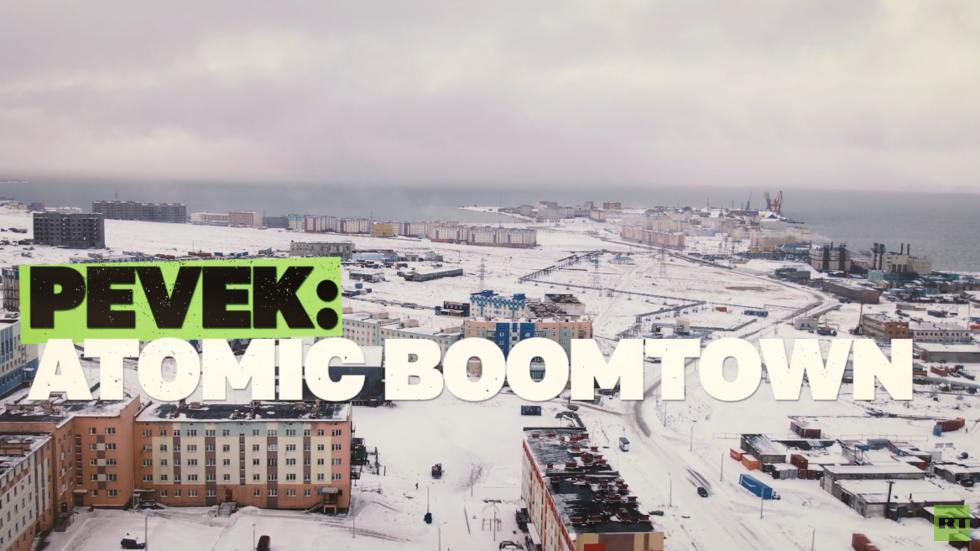
The desolate town lies on the shore of the East Siberian Sea in Russia's Chukotka, the country's most north-eastern region. RT's correspondent crew visited the town, which recently became home to Akademik Lomonosov – the world's first and only floating nuclear power plant.
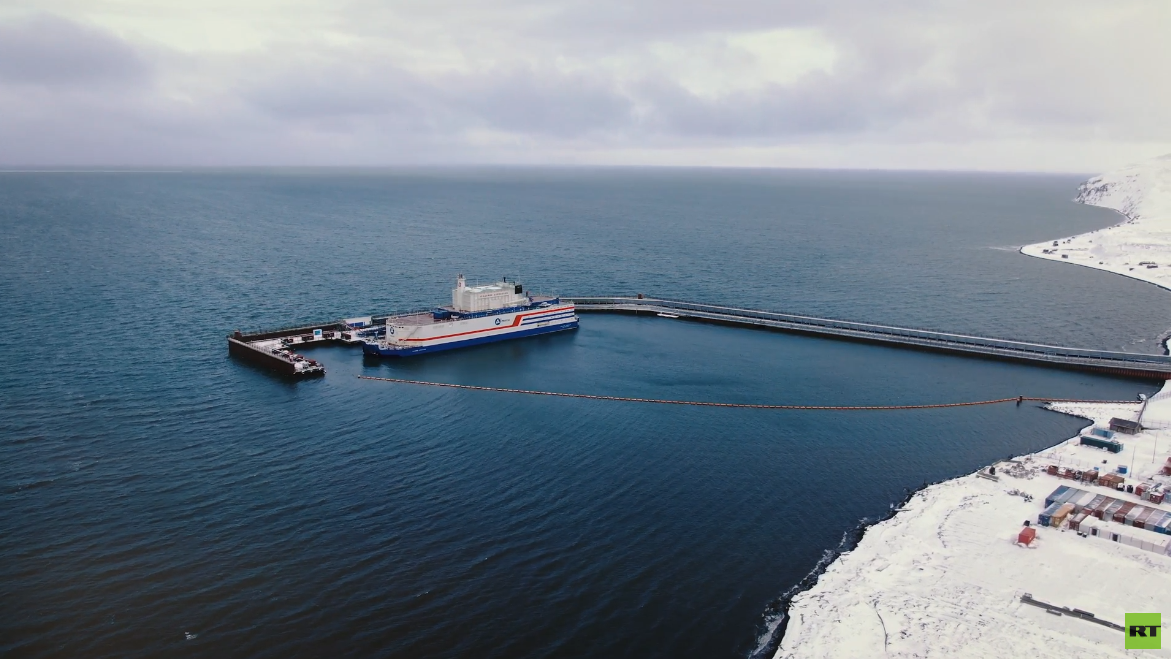
"One of the first things that strike you in Pevek is that there are no trees. Just…nothing…. The land here is so frozen nothing grows on it and that makes the landscape bleak and, sadly, boring. So to liven things up, coloring buildings in orange or pink is probably not the worst idea," RT's Konstantin Rozhkov observes.
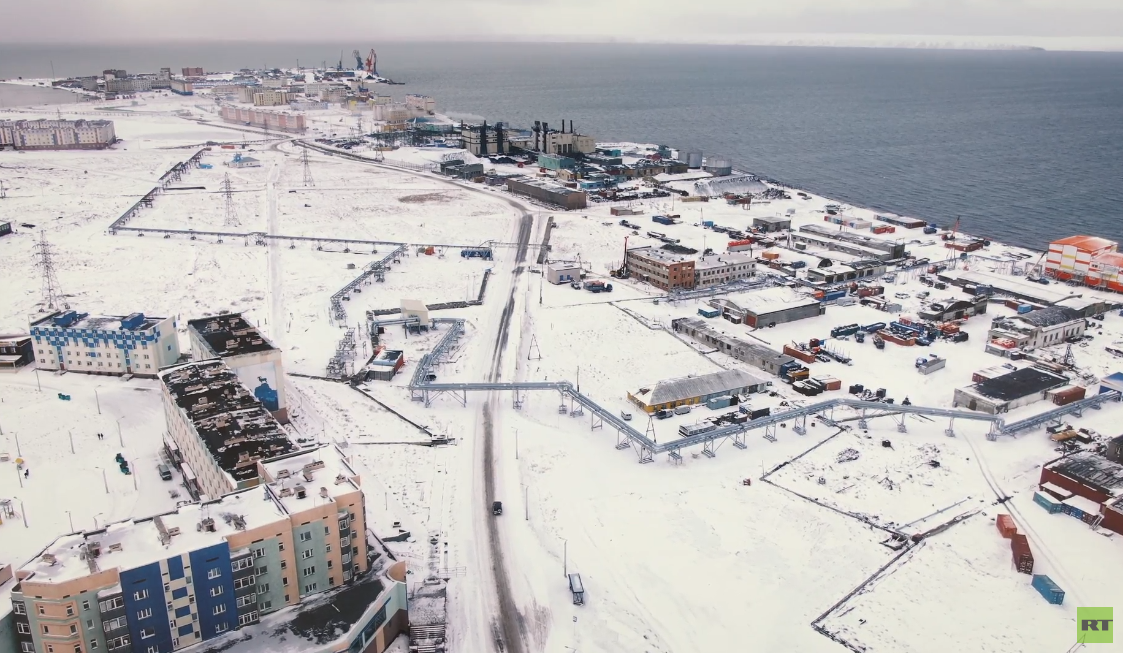
Once a busy port on the Northern Sea Route, Pevek nearly turned into a ghost town after the collapse of the Soviet Union. The town's population decreased nearly threefold, with some 4,500 people currently living there. Many buildings in Pevek lay abandoned, with nature taking its toll on the man-made structures.
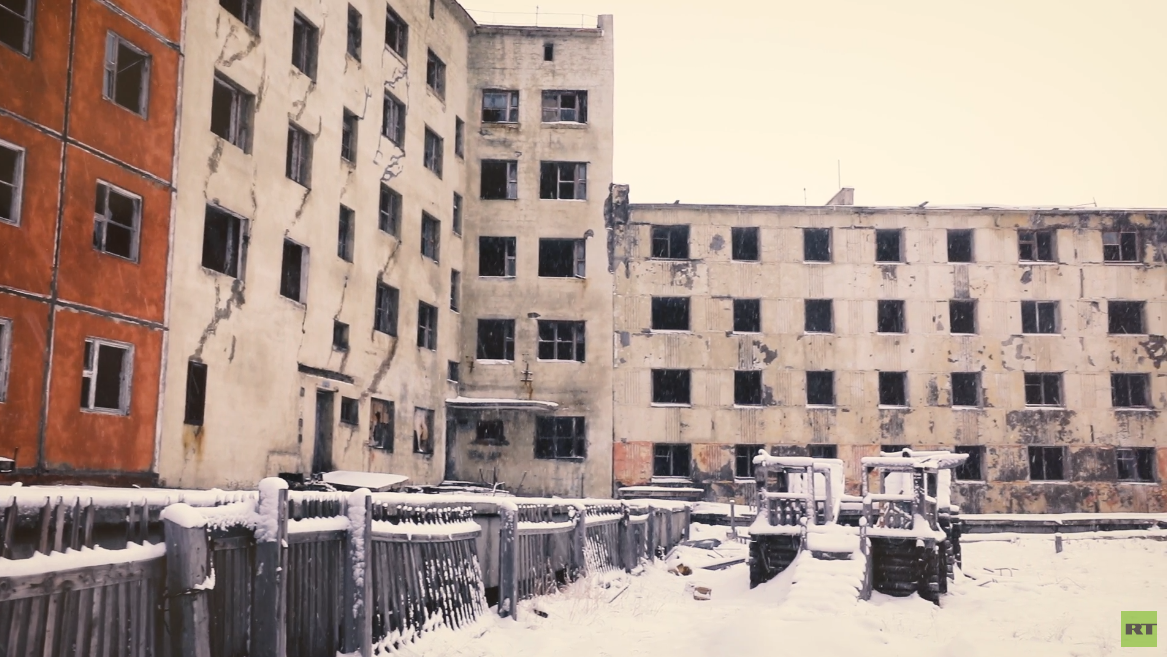
Pevek lies in the permafrost zone, with the most extreme weather conditions being a common occurrence there. Heavy snow and extremely strong winds literally blow people out of their steps.

For heating, locals have been relying predominantly on coal, but it is hoped that the new nuclear power plant will eventually be capable to provide all the heat necessary for the town. Commissioned back in May 2020, Akademik Lomonosov began providing heating to the location last summer.

"People here are hopeful that switching to atomic energy will also reduce Pevek's reliance on coal, which remains its main source of power," Rozhkov says.
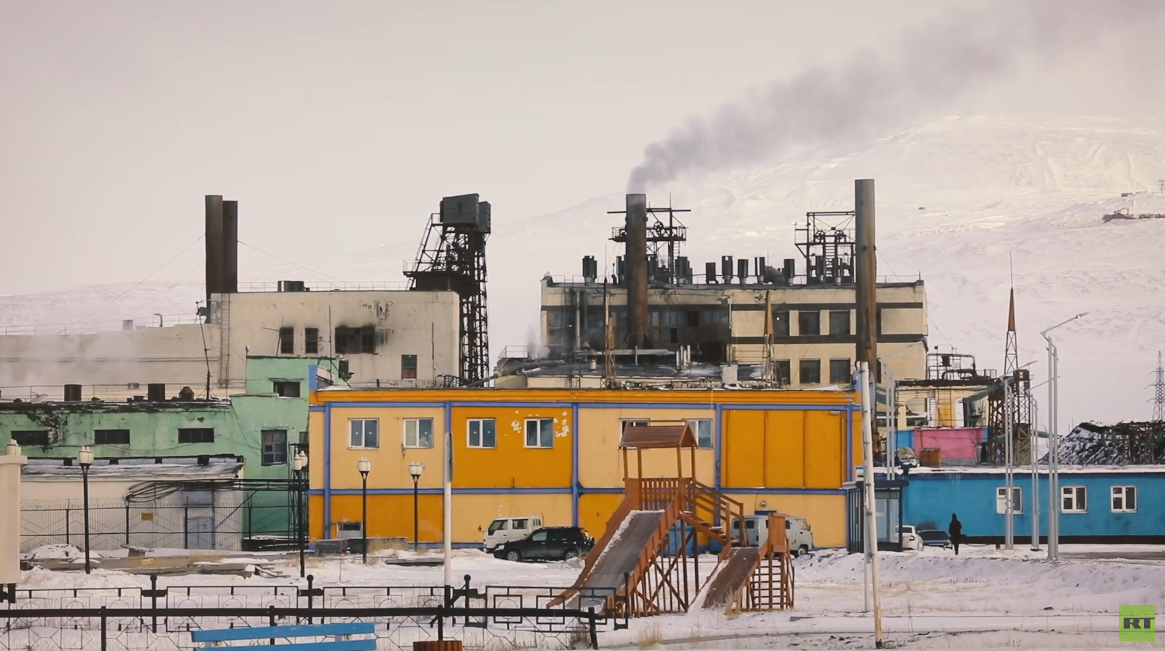
The plant's operators say that Akademik Lomonosov is an extremely solid design, able to remain intact even in the most extreme scenarios, such as being hit by a tsunami – which is not the most likely occurrence in the northern seas.

"Stress tests were carried out here, which showed that even if a tsunami would rip off our mooring and we would be thrown ashore, we would still be safe and no radioactivity would be released," a specialist at the power plant, Kirill Toropov, told RT.

Earlier this month, the power plant was visited by an independent crew of ecologists, who measured radiation levels in the town and around the station. The readings turned out to be nominal, not going beyond naturally-occurring levels – with the town itself actually having slightly higher readings than the station had.
Watch the full video below:
Republished with permission.































































